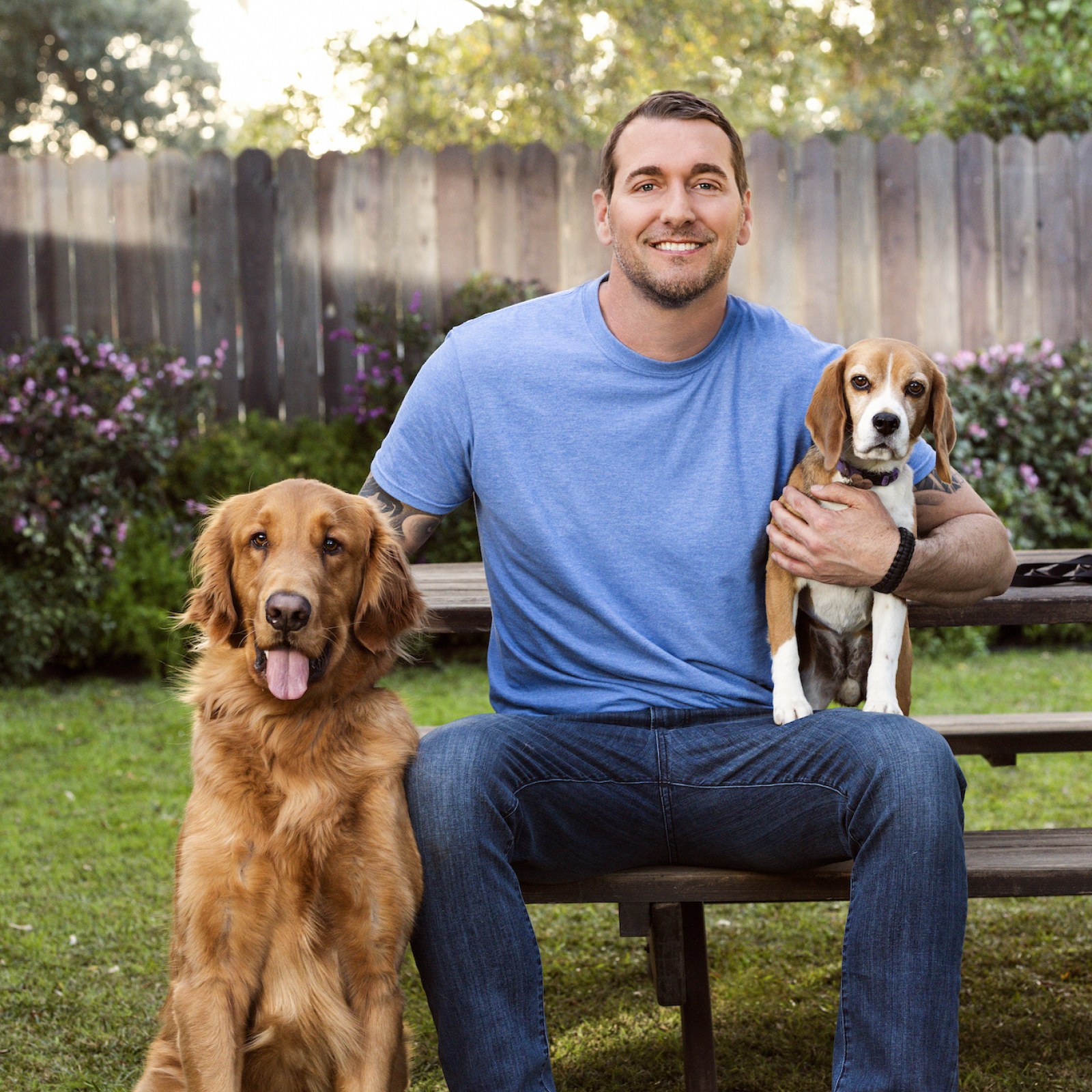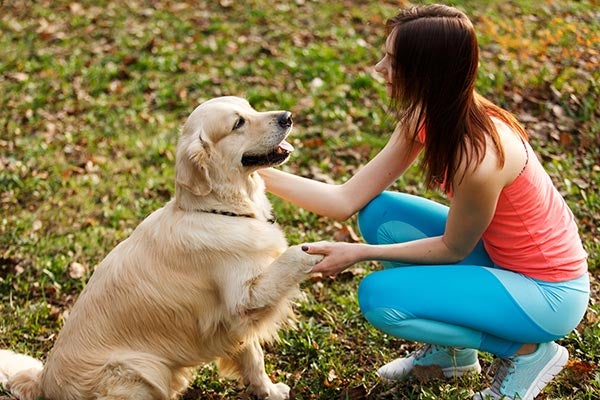The Benefits of Very Early Dog Training for a Well-Behaved Animal
The Benefits of Very Early Dog Training for a Well-Behaved Animal
Blog Article
Important Tips for Successful Dog Training: An Overview for Pet Owners
Efficient pet training is a complex process that calls for a critical approach customized to both the family pet's personality and the proprietor's goals. Comprehending how to browse these challenges can significantly boost the training experience, inevitably changing the partnership in between owner and dog.
Recognizing Canine Actions
Recognizing canine habits is crucial for effective training and promoting a harmonious relationship between canines and their owners. dog training. Dogs interact mostly through body language, vocalizations, and actions, making it vital for proprietors to translate these signals properly.

Socialization plays a considerable function in pet dog habits; direct exposure to various atmospheres, people, and various other animals can significantly affect a pet's temperament. Moreover, factors such as breed characteristics and private character must lead training techniques, as some types might have specific behavior traits that require tailored techniques. By comprehending these components, proprietors can create an encouraging atmosphere that motivates positive behavior, causing effective training end results and a deeper bond with their family pets.
Establishing Consistent Commands
Efficient communication with your dog begins with establishing regular commands. This foundational element of training is essential for fostering understanding in between you and your pet. Uniformity in the commands you utilize guarantees that your pet can dependably link details words or phrases with the preferred behaviors.
When picking commands, pick clear, unique words that are simple to state and differentiate from one another. Avoid utilizing similar-sounding commands that may puzzle your dog. Making use of "rest" and "stay" is proper, yet "rest" and "struck" can lead to misconceptions.
Furthermore, maintain the very same tone and quantity for each and every command. Dogs are sensitive to singing signs, so varying your tone can develop complication.
It is similarly vital to make certain that all relative get on the very same page pertaining to the commands made use of. A united front in command usage will stop mixed signals and reinforce the understanding procedure.
Favorable Support Techniques
The power of positive reinforcement in pet training lies in its capacity to encourage wanted behaviors with rewards and praise. This technique is based in the concept that habits followed by favorable results are much more likely to be repeated. By integrating positive reinforcement right into your training program, you can effectively shape your canine's behavior in a useful way.
To carry out positive support, it's important to determine what inspires your pet dog, whether it be treats, playthings, or spoken praise. When your canine does a desired activity, such as resting on command, right away compensate them with a reward or love. This organization between the command and the positive outcome reinforces their understanding.
It's important to timing the benefits appropriately; delivering the reinforcement within seconds of the preferred actions helps your canine make the connection (dog training). Additionally, consistency is vital-- make certain that all relative make use of the very same commands and benefit systems to avoid confusion

Slowly, you can minimize the regularity of treats as your pet discovers the habits, transitioning to praise or recurring benefits. This method not only cultivates a strong bond in between you and your pet yet likewise promotes a positive learning setting, making training a delightful experience for both.
Socialization and Communication
Constantly subjecting your canine to a selection of settings, individuals, and other animals is crucial for their social advancement. Socializing needs to begin early, preferably during the essential home window of 3 to 14 weeks, when pups are most receptive to new experiences. However, older dogs can likewise profit from continuous socialization efforts.
Present your pet dog to different settings, such as parks, pet-friendly stores, and city locations. This exposure helps them adapt to numerous stimulations, reducing stress and anxiety and go to this site fear actions. Motivate positive communications with various other pets and individuals, making sure that these experiences are safe and regulated to foster confidence.
Use structured playdates with genteel pets, as this can improve your canine's social abilities and show them appropriate actions. Obedience courses and training sessions likewise give exceptional possibilities for socialization, permitting your pet to interact with others in a supervised setting.
Display your pet dog's body movement throughout communications, as this will certainly help you determine their convenience level. Slowly enhance direct exposure to more tough circumstances while guaranteeing that each experience is favorable. A well-socialized dog is more probable to show well balanced behavior, making them a delight to have in any setup.
Resolving Common Training Challenges
Every dog proprietor will encounter training obstacles eventually, no matter their pet's age or socialization degree. Recognizing typical problems such as stubbornness, diversions, and fearfulness can help in creating reliable techniques for enhancement.

Progressively introduce diversions as the pet becomes much more efficient in commands. Short, regular training sessions are likewise reliable in preserving focus.
Fearfulness can impede a dog's understanding procedure. Gradual desensitization to the resource of worry, coupled with positive support, can aid relieve anxiety. website link Persistence is crucial; never ever compel a pet dog right into a circumstance that triggers distress, as this may exacerbate the problem.
Ultimately, understanding and attending to these typical challenges with an organized technique will promote a more efficient training experience, enhancing the bond between dog and proprietor while advertising reliable learning.
Conclusion
In summary, effective pet dog training relies upon a thorough understanding of canine habits, the establishment of constant commands, and the application of favorable reinforcement methods. Socialization plays a critical duty in developing well-adjusted pets, while resolving typical training obstacles needs persistence and flexibility. By executing these crucial techniques, family pet owners can promote a solid bond with their pet dogs and advertise preferable actions, inevitably causing a harmonious partnership in between people and their canine companions.
Recognizing canine behavior is important for efficient training and cultivating an unified connection between canines and site web their proprietors.Socializing plays a considerable function in pet habits; exposure to various settings, individuals, and other animals can substantially influence a dog's temperament.The power of favorable reinforcement in pet dog training exists in its capacity to motivate preferred habits via benefits and praise. By including favorable support into your training routine, you can successfully shape your pet dog's habits in a positive manner.
In summary, effective canine training counts on a detailed understanding of canine behavior, the facility of consistent commands, and the application of favorable reinforcement strategies.
Report this page